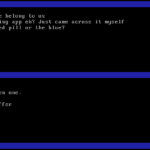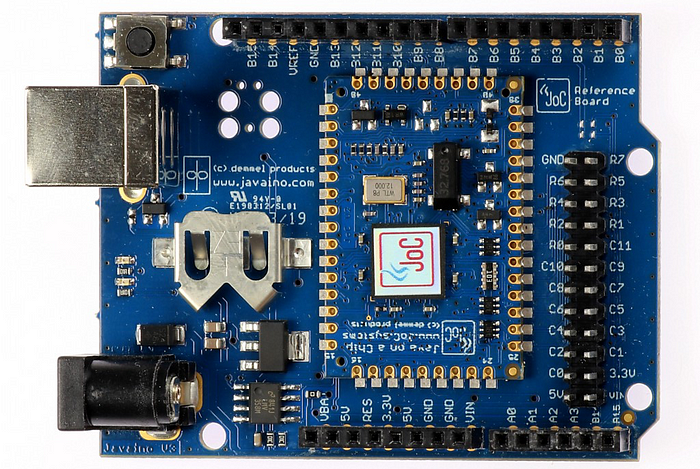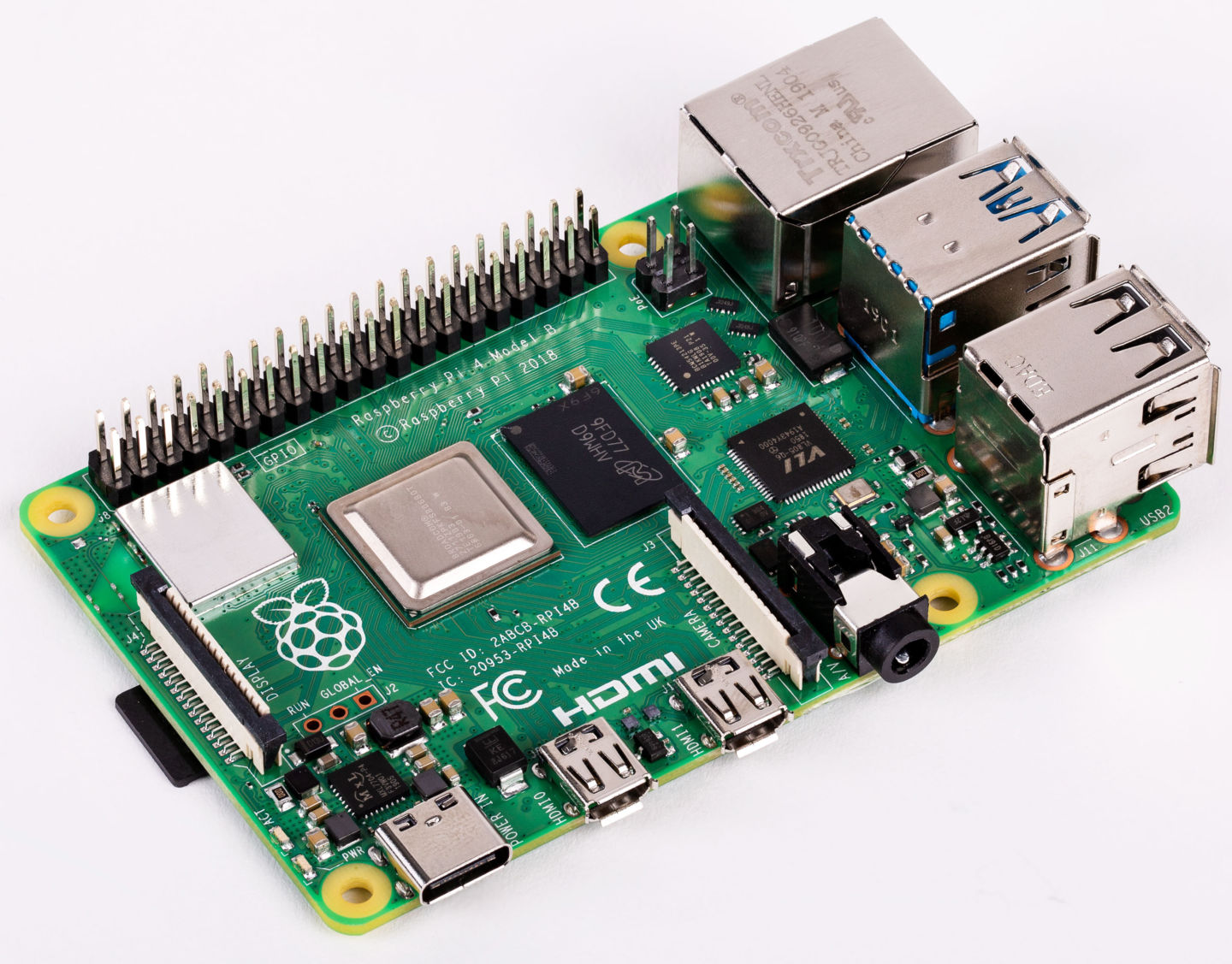The NanoPI-NEO2 is a newly released super tiny ARM board by Friendly Elec. It uses Allwinner’s 64-bit H5 quad-core SoC (ARM Cortex-A53). It has internal hexa-core Mail450 GPU, 512M DDR3 RAM. A Ubuntu Core and Armbian image files are ready for it.
The NanoPi NEO2 inherits NEO’s form factor and has compatible interfaces and ports with NEO. In addition in such a small dimension it has Gbps Ethernet and one USB host port. These features make it especially suitable for applications that require high data throughput, speedy data transmission and high performance. Hobbyists and makers will just love it.








